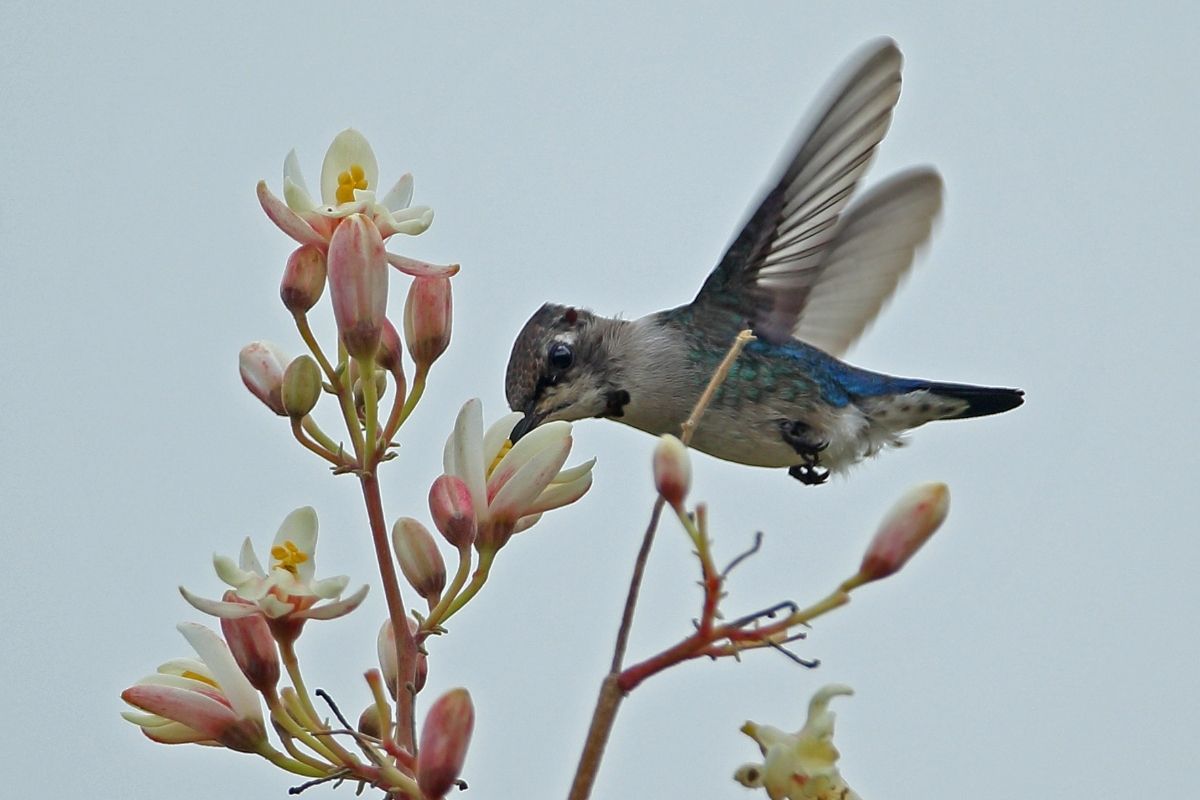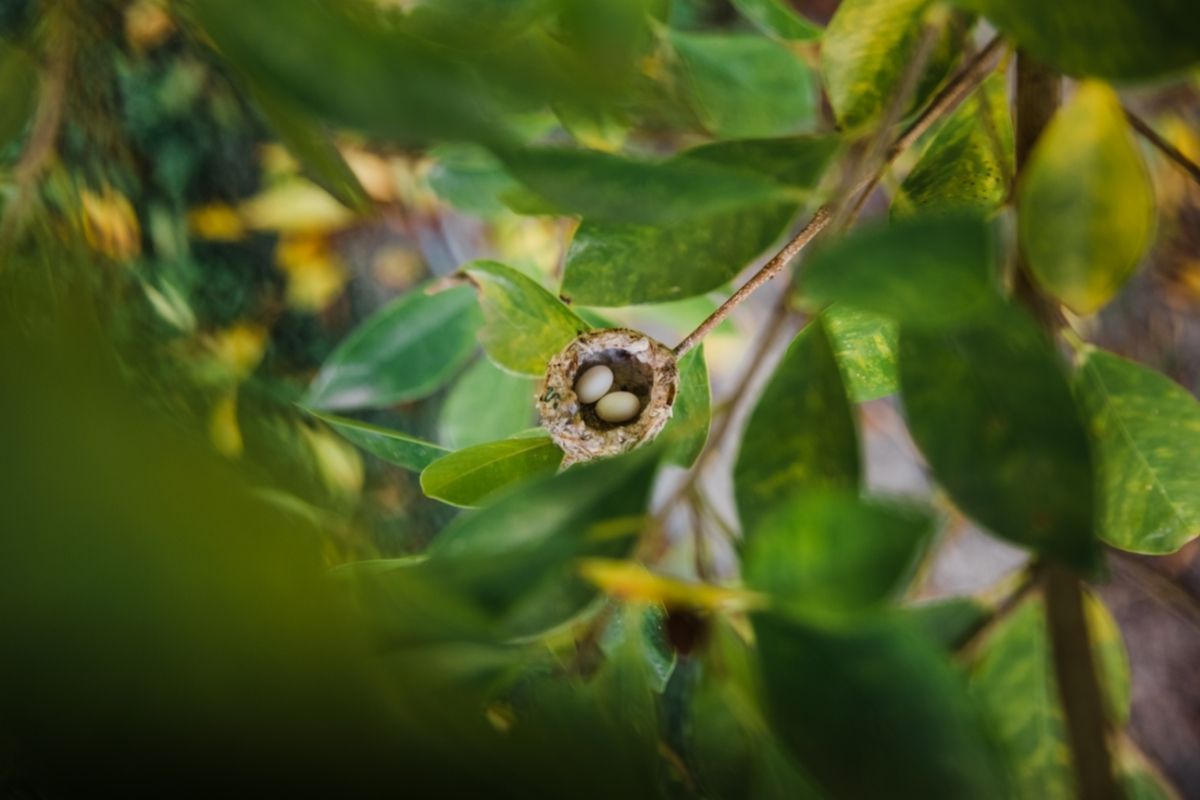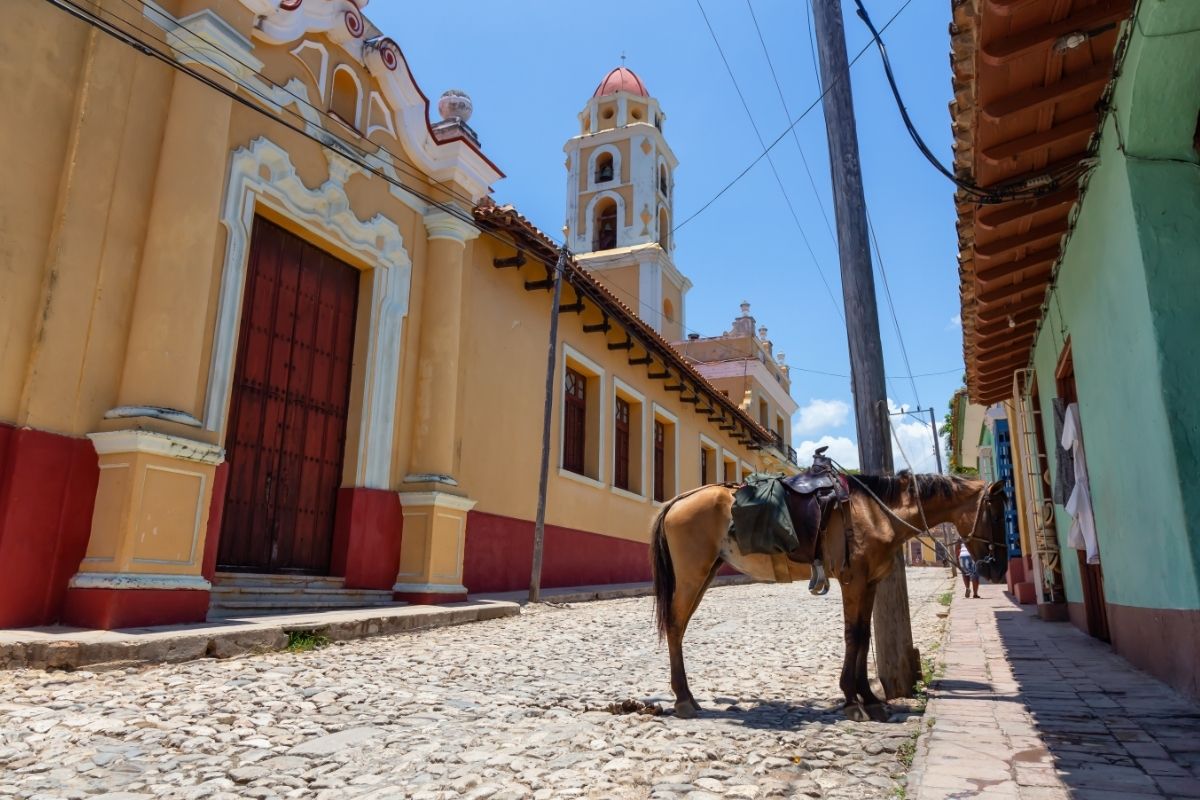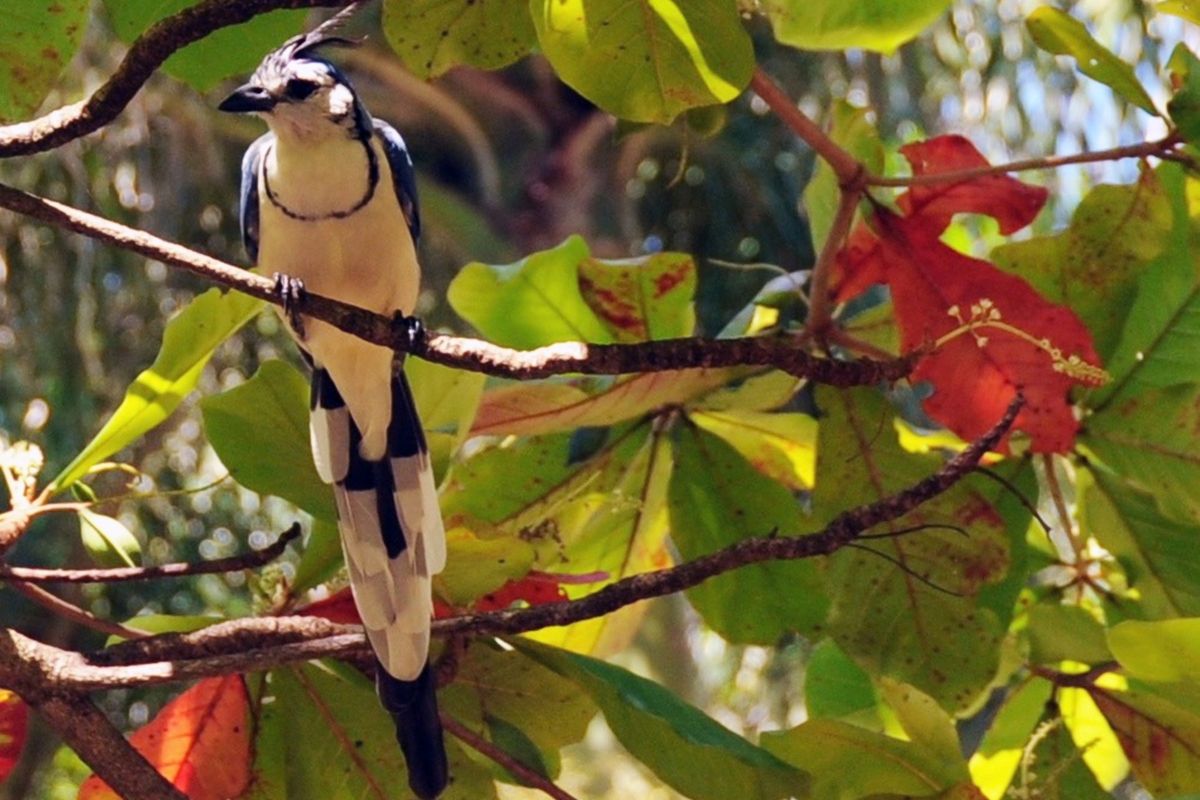Cuba is one of the world’s most attractive tourists destinations for many reasons with its culturally rich cities and beautiful beaches.
However, an often overlooked aspect of Cuba is its amazing level of biodiversity making it a great destination for animal lovers who want to see creatures not present in most other parts of the world.

One of the most astounding of these is the animal that holds the record for the world’s smallest bird. This is known as the Zunzuncito by Spanish speakers but in English is known as the “bee hummingbird”.
They are loved by wildlife lovers, photographers, and avid birdwatchers. If you have heard about this bird but do not know much about it, keep reading to get 10 fun facts to inform you on these interesting birds.
Fact Number 1 – The Adult Bee Hummingbird Will Often Not Grow To Be Any Longer Than 61 Millimeters Long
The bee hummingbird got its very fitting name due to its incredibly small size and how they grow to be barely any larger than a bumblebee.
Female bee hummingbirds will grow to around 61 millimeters measured from the tip of their beak to the end of their tail, while male bee hummingbirds will only reach 55 millimeters based on this same measurement.
Female bee hummingbirds also tend to be heavier, female bee hummingbirds will weigh a tiny 2.6 grams roughly and the males will only get to around 1.95 grams.
Because of this incredibly small weight and size, these birds are very commonly mistaken for insects by humans and other animals.
On top of this they have been recognized as having some of the smallest number of feathers compared to many other species of birds recorded in the world.
Fact Number 2 – The Bee Hummingbird Beats Its Wings 80 Times Every Second
While many birds have to beat their wings many times to stay airborne, hummingbirds, especially the bee hummingbird, are known for how quickly they are capable of beating their wings.
On top of how often they can beat their wings, they can to keep this up for an extended period of time sometimes being possible to fly for 20 full hours without needing a break.
This fast moving speed of wing movement also allows them to fly at impressive speeds sometimes getting up to 25 to 30 miles an hour in any direction they desire, up, down, forwards and backwards, and even upside down!
The noise of the fast movement of the bee hummingbird’s wings is what gave them their onomatopoeia style name in both English and Spanish.
The sound made by the wings is recognized as a hum in English while in Spanish they are heard to make a ‘zun’ sounds turning into the name zunzuncito.
While 80 times a second is just the average performance for most bee hummingbirds, a male bee hummingbird can reach up to an insane 200 hundred times a second within a mating performance.
Fact Number 3 – The Bee Hummingbird Is Considered To Produce The 2nd Quickest Heartbeat Of Any Animal On Earth

While an average bird’s heartbeat like a common house sparrow will reach up to 460 beats a minute, the bee hummingbird will reach up to 1260 beats per minute.
This is insane in comparison to an average human having a resting heart rate of somewhere between 60 and 100 beats per minute.
There is only one animal recognized to show a higher heart rate than a bee hummingbird and that is the Etruscan shrew which has shown to reach speeds of 1511 beats a minute.
As well as this, the bee hummingbird also displays an incredibly high breathing rate to match its heart rate being 250 breaths in a minute just while resting.
Fact Number 4 – A Male Bee Hummingbird Makes Many Considerable Changes During Mating Season
Bee hummingbird’s have their mating season between March and June and through this time period male bee hummingbirds will make some significant changes within this time.
The main changes for this are the throat of the hummingbird turning a shade of bright red to show off.
These bee hummingbirds will tend to live life in a solitary manner but within mating season a group of the male bee hummingbirds will join to form a small singing group wherein the female hummingbird can come to choose a mate.
This gives the male bee hummingbird a chance to show off their bright colors and singing voice as a sign to be a worthy mate to the female hummingbirds.
The male bee hummingbirds will also display aerial displays that include diving and fluttering to make them look as impressive as possible.
Fact Number 5 – Copulation Between Bee Hummingbirds Only Lasts A Few Seconds
While there is a myth that hummingbirds copulate mid-air, this is not actually true, but the two hummingbirds flying near to eachother is just part of their mating ritual to show that the female hummingbird will have chosen the male.
Then the two birds will perch, and the male will enter the female from behind and after only a few short seconds the process will be over and the pair will likely never see each other again.
Male hummingbirds do not help with any other step of the process but instead aim to impregnate as many female hummingbirds as possible.
Fact Number 6 – The Eggs Of Bee Hummingbirds Are Similar To The Size Of Coffee Beans

After the copulation process a female bee hummingbird will lay one or two small eggs that are usually put in the nest made of parts of cobwebs, lichen, plant fibers, and bark.
The eggs are similar to the size of coffee beans and the nest is not even as big as an average golf ball.
These eggs will need to be incubated for about 2 and a half weeks, and they will fledge somewhere between 18 and 38 days post hatching. They will be able to reproduce after about a year and should live for around 7 years.
Fact Number 7 – Bee Hummingbirds Are Important In The Reproduction Of Plants
On average a bee hummingbird will visit up to 1500 flowers per day in which they will feed on their nectar and occasionally surrounding insects.
Through doing this the hummingbird transfers pollen with their head and beak. When feeding like this they do not land but instead keep flapping, they need to feed on so much nectar to fuel their constant flying.
Because of this about 15% of a bee hummingbirds life will be spent eating.
Fact Number 8 – There Are Many Animals That Are Considered Predators Of Bee Hummingbirds
Being the smallest bird in the world, the bee hummingbird is vulnerable to a large variety of predators.
They are so small that bee hummingbirds are often mistaken for insects by a lot of predators making them even more vulnerable.
Bee hummingbirds have to look out for mongooses and larger birds on top of wasps, bees, fish, frogs, and even some spiders.
In spite of this, one of the biggest threats to these animals is human activity. Luckily they aren’t classifies as endangered but are close to this being labeled as ‘near threatened’.
Fact Number 9 – Bee Hummingbirds Are Very Rare Outside Cuba
Bee hummingbirds will most likely to be found in and are native within Cuba. They are found in all areas of Cuba’s main island but also in a significant number of the islands and islets that are components of the Cuba archipelago.
If you want to see them specifically, the best spot to do this would be within Zapata Swamp which is found in the east of Cuba, but also at the UNESCO World Heritage site of Alejandro de Humbolt National Park.
This is a national part that is seen as one of the most significant reserves within the Caribbean, it is worth visiting if you will be in the east of Cuba!
Fact Number 10 – Bee Hummingbirds Are Just One Of The 27 Endemic Bird Species To Cuba
As previously stated, Cuba is well known for its incredible biodiversity and contains a lot of unique species like the bee hummingbird. It has 27 specific endemic bird species which the bee hummingbird is one of.
If you want to see a massive variety of birdlife, visiting one of Cuba’s many aviaries to see a lot of unique species.
So this is all you need to know about the bee hummingbird! What did you find most interesting, and would you like to see them if you are in Cuba?
If you enjoyed this article, you might enjoy our post on ‘Birds Of Cuba‘.
- What Is The Largest Island In Cuba? - September 19, 2022
- Havana – Why Is It Cuba’s Most Exciting City? - September 19, 2022
- Cheapest Time To Visit Cuba (Ultimate Guide) - September 19, 2022








